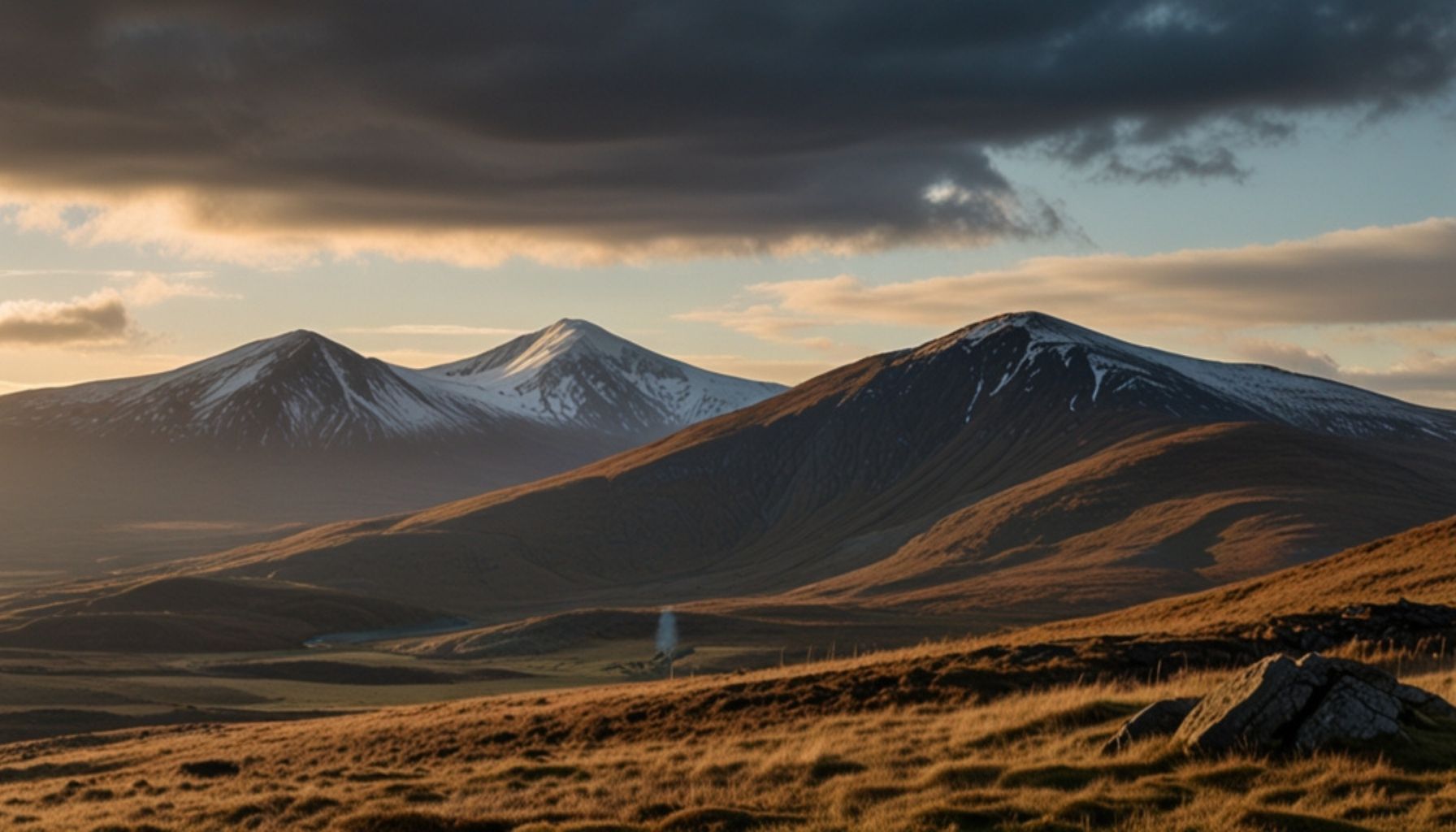Corries—also known as cirques or cwms—are large, bowl-shaped hollows found on the sides of mountains. They’re one of the most dramatic and classic features formed by glacial erosion. But how exactly are corries formed?
Here’s a simple explanation of how these landforms develop, step by step, and why they’re important in understanding past glaciation.
What Is a Corrie?
A corrie is a rounded, armchair-shaped hollow with steep back walls and a flat or sometimes water-filled base. It’s usually found on the north or northeast-facing slopes of mountains in the Northern Hemisphere—these sides are colder and more shaded, ideal for snow accumulation.
Corries are often the birthplace of glaciers, and after the glacier melts, they may form small tarns or corrie lakes.
Step-by-Step: How Corries Are Formed
1. Snow Accumulates in a Hollow
In cold climates or high altitudes, snow starts to build up in a natural dip or hollow on the mountain side. Over many winters, the snow doesn’t melt completely and begins to compact into ice.
2. Nivation Begins
As snow builds up, a process called nivation begins. This includes freeze-thaw weathering, where water in cracks freezes, expands, and breaks rock apart. This gradually deepens and widens the hollow.
3. Glacial Ice Forms
Over time, the snow turns into firn (compacted snow) and eventually into solid glacial ice. Gravity pulls the ice downhill, and a small glacier begins to move within the hollow.
4. Rotational Slip and Erosion
The glacier moves in a circular or rotational motion, eroding the hollow more deeply. Two key erosion processes occur:
- Plucking – Ice freezes onto rocks and pulls them away as the glacier moves
- Abrasion – Rocks embedded in the glacier grind against the hollow floor, wearing it down like sandpaper
This action makes the back wall steeper and the base deeper.
5. Formation of a Rock Lip
As the glacier erodes the center of the hollow more than the edges, it leaves a raised lip of rock at the front. This lip can trap water when the glacier melts.
6. Corrie Lake or Tarn Forms
When the glacier retreats (melts), the corrie often fills with water, forming a small, scenic tarn or corrie lake.
Ideal Conditions for Corrie Formation
- Cold climate
- North-facing slopes (in the Northern Hemisphere)
- High altitudes
- Sheltered hollows for snow to accumulate and stay frozen
Real-World Examples of Corries
- Red Tarn, Lake District, England
- Cwm Idwal, Snowdonia, Wales
- Coire an t-Sneachda, Cairngorms, Scotland
- Cirque de Gavarnie, French Pyrenees
These landscapes are now popular hiking spots and are excellent evidence of past glacial activity.
FAQs About Corries
1. What’s the difference between a corrie and a glacier?
A corrie is the hollow, and a glacier is the ice that forms within it. Corries are often the starting point for small glaciers.
2. Are corries still forming today?
Yes, in cold, mountainous regions like the Alps, Rockies, and Himalayas where glaciers still exist.
3. Why do corries face north in the UK?
North-facing slopes get less sunlight, so snow lasts longer and is more likely to turn into ice.
4. Can a corrie exist without a glacier?
Yes. Many UK corries are post-glacial, meaning they no longer contain ice but still show the classic shape.
5. What is the lip of a corrie called?
It’s called the rock lip or threshold—a ridge that forms at the front of the corrie.
Conclusion
Corries are fascinating features shaped by glacial erosion. They start as small snow patches, evolve through freeze-thaw and ice movement, and eventually become the classic bowl-shaped hollows we see in mountainous regions today. Understanding how corries form helps geographers and scientists track the history of ice ages and the power of glaciers in shaping the land.
Also Check:
• How Are Mountains Formed? (KS2 Explanation)
• How Are Villi Adapted for Exchanging Substances?








